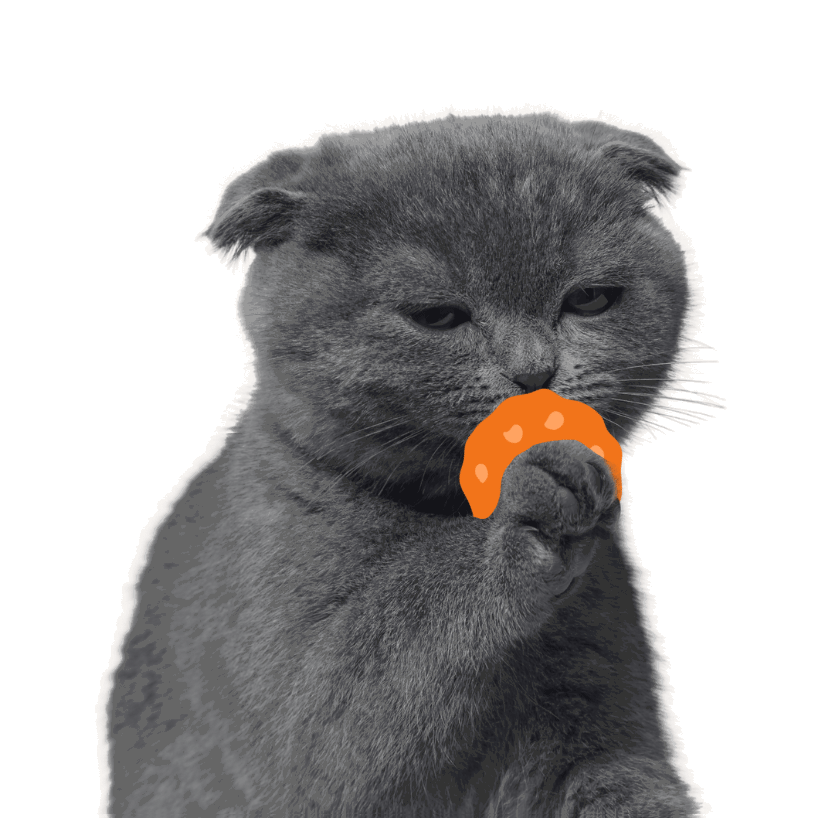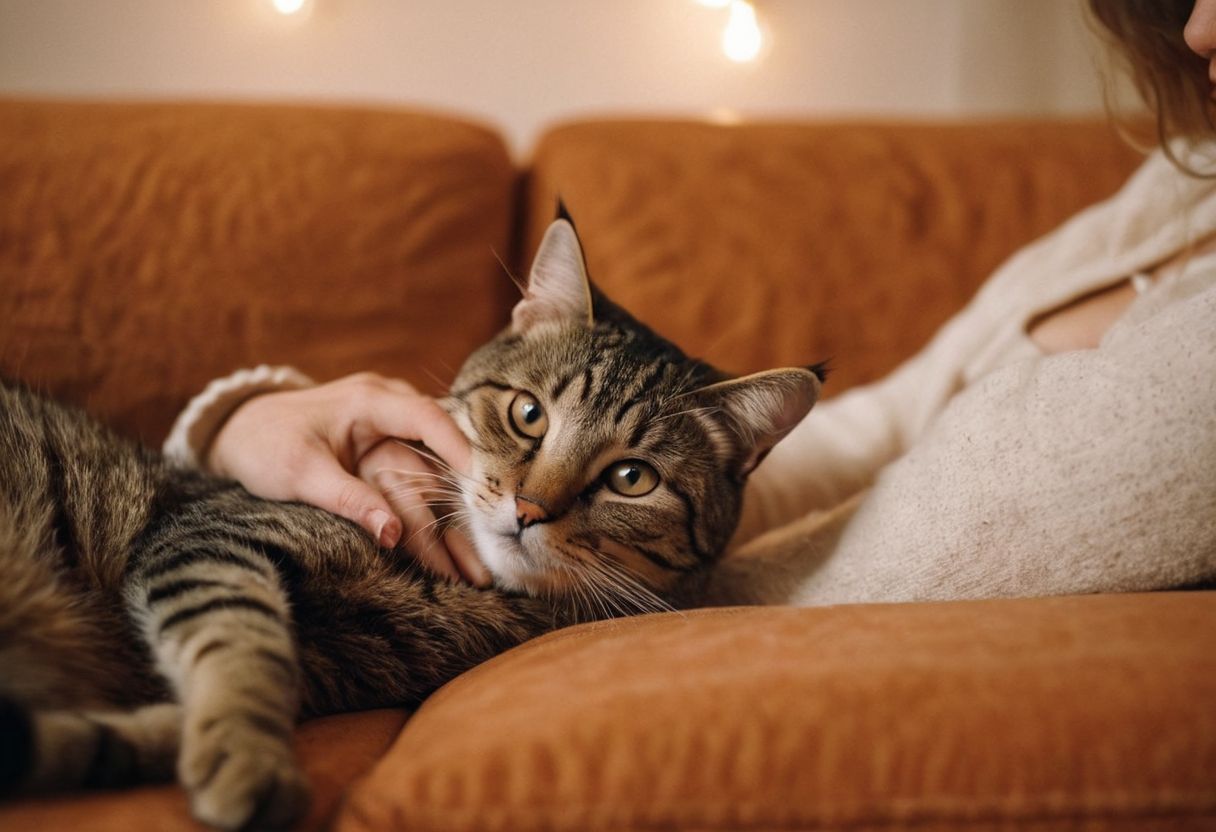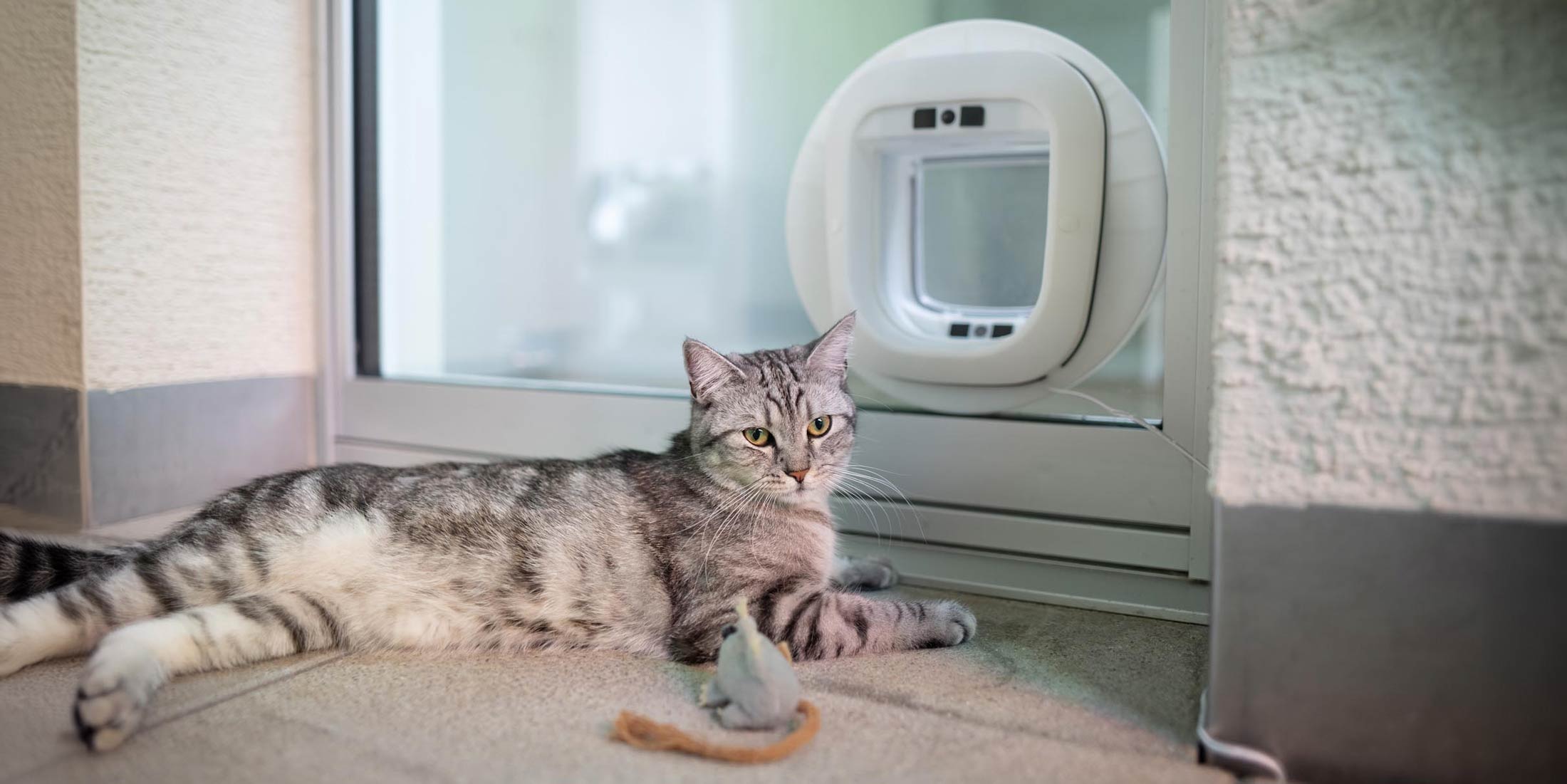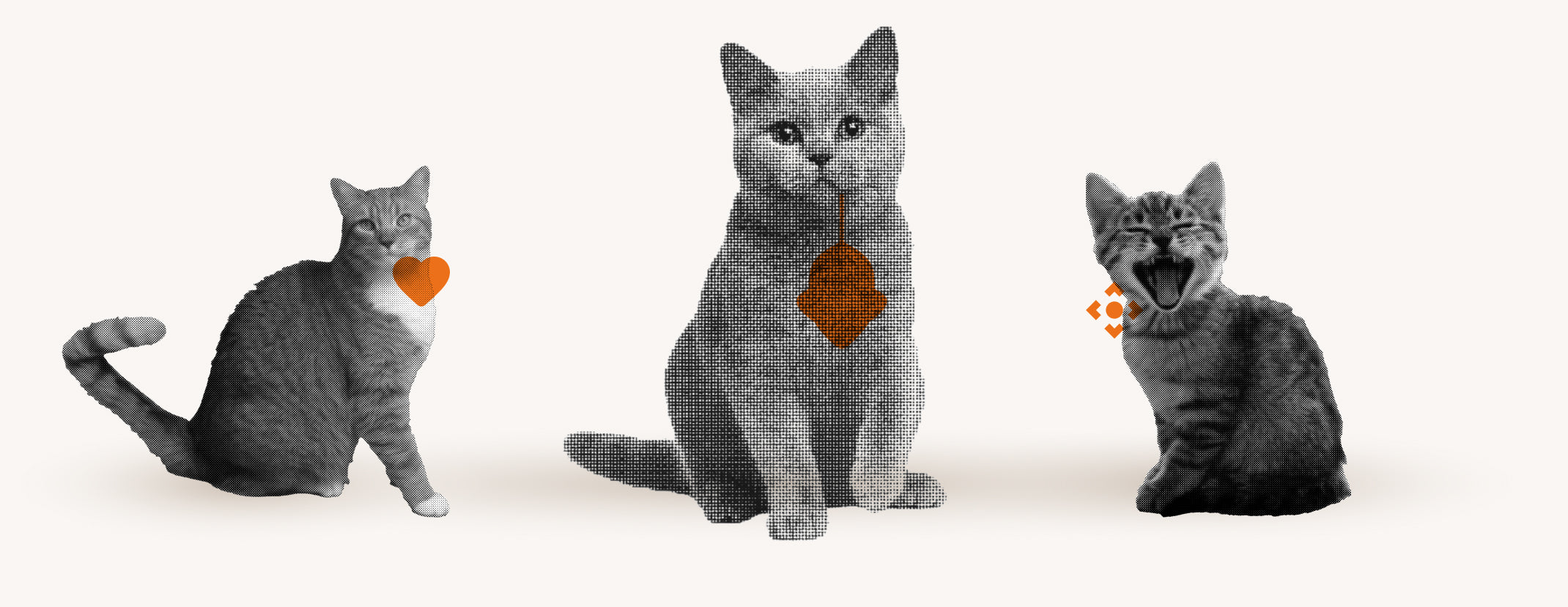Have you ever thought about grabbing your cat by the scruff of the neck to train it?
This approach can not only be harmful to the animal, but also severely strain your relationship of trust.
The scruff hold should not be used on either kittens or adult cats, as it can cause significant injury and psychological stress.
In our article you will learn why the neck grip is not a suitable training method and what alternative, gentler methods you can use instead.
Alternatives to the scruff of the neck in cat training

The scruff of the neck is often seen as a quick fix for unwanted behavior in cats, but it can lead to injuries and distrust. Fortunately, there are gentler and more effective methods for communicating with and training cats. One of the most successful strategies is positive reinforcement, which rewards desired behavior instead of punishing unwanted behavior. This approach not only fosters a healthy learning environment but also strengthens the bond between you and your cat.
Besides positive reinforcement, there are other methods that can make dealing with unwanted behavior easier without resorting to the scruff grab. These include ignoring the unwanted behavior, especially if it's aimed at getting your attention. Alternatively, redirecting your cat's attention to acceptable activities like toys or scratching posts can help minimize unwanted behavior. These methods require patience and consistency but offer a stress-free way to shape your cat's behavior.
Positive reinforcement: An effective method for cat training

Positive reinforcement is a method that aims to encourage desired behavior through rewards. This can take the form of treats, petting, or praise. The key is to reward good behavior immediately so the cat understands the positive association between its behavior and the reward. This technique is not only effective but also fosters a positive atmosphere and helps build a strong bond between you and your cat.
To successfully apply positive reinforcement, there are a few important points to consider:
- Timing is crucial : The reward should be given immediately after the desired behavior.
- Maintain consistency : Make sure you always reward the same behavior to avoid confusion.
- Pay attention to individual preferences : Not every cat reacts the same way to different types of rewards. Observe what motivates your cat most and adjust your rewards accordingly. This tailored approach will make training your cat more effective and enjoyable.
Loss of trust due to the neck grab
The scruff of the neck, a method often used by cat owners, can have profoundly negative effects on the bond of trust between cat and human. Many cat owners are unaware that this grip, intended to control the cat quickly and effectively, can be perceived as threatening by the animals. This behavior can lead to the cat developing distrust and even fear of its owner. Imagine what it would be like if someone you trust suddenly and without warning grabbed you in a way that caused you discomfort or pain. This can seriously undermine the trust that forms the basis of any relationship.
Another important aspect is that the scruff grab, especially when performed improperly, not only damages trust but can also have long-term psychological effects . Cats repeatedly handled this way can develop persistent anxieties that may manifest in various behavioral problems. For example, they might exhibit aggressive behavior or hide when they see people. Such behavioral changes are often a sign that the animal feels insecure. Therefore, it is crucial to choose methods that promote the cat's well-being while fostering a healthy and trusting relationship.
Pain and aggression: Consequences of the neck grip
The scruff grip can cause cats not only psychological stress but also significant physical pain. While the skin in the neck area is adaptable, it is not designed to support the entire weight of an adult cat. Using the scruff grip, especially on adult cats, can lead to muscle fiber tears and painful ruptures of connective tissue . Furthermore, there is a risk of nerve damage near the spinal cord, which can cause long-term health problems. This physical damage is not only painful but can also lead to behavioral changes, with the cat reacting aggressively out of fear or pain.
Aggressive behavior in response to a scruff grab is a natural defensive reaction in cats. If a cat experiences pain from being grabbed, it may react aggressively in future interactions with humans as a form of protection. This can lead to a dangerous spiral in which the cat becomes increasingly aggressive out of fear of further pain. Such behaviors can significantly disrupt the relationship between cat and human and make living together difficult. It is therefore important to avoid such practices and instead choose gentler and more respectful methods of interaction that prioritize the cat's well-being.
Proper handling: Carrying cats safely

Safely holding and carrying cats is crucial to prevent both physical injury and psychological stress. Many cat owners are unaware of the importance of proper technique. It's not only important to carry your cat correctly to avoid injury, but also to ensure your cat feels comfortable and secure. A correct holding method calms the cat, minimizes the risk of scratches and bites, and fosters a positive relationship between you and your pet. There are various techniques you can use, depending on your cat's size and temperament. Generally, you should ensure you support your cat's body and give it enough room so it doesn't feel constricted.
A good way to carry cats safely is the "football" position, where the cat is held under your arm, similar to a football. One hand should support the front of the body, while the other secures the rear. This position provides your cat with security and prevents it from feeling threatened. It's also important to remain calm and relaxed while carrying your cat, as cats can be very sensitive to their owner's mood. Avoid picking up your cat if it is anxious or stressed, and instead try to gradually increase its familiarity with the process by carrying it in calm and safe situations.
Rethinking punishment in cat training
In cat training, it's important to reconsider punishment methods, as many traditional approaches can do more harm than good. Physical punishments, such as hitting or shaking, can lead to fear, distrust, and even aggressive behavior in cats. Similarly, yelling or loud scolding is often counterproductive, as it frightens the cat and increases its stress levels. These methods can undermine the trust between you and your cat and cause long-term behavioral problems. It's therefore crucial to avoid such punishments and instead choose methods that promote your cat's safety and well-being.
Instead of punishment, it's more effective to correct unwanted behavior through positive reinforcement. This means rewarding desired behavior and ignoring or gently interrupting unwanted behavior. For example, if your cat tends to jump on the kitchen counter, gently put her down and place her on the floor each time she does it. Then reward her when she stays on the floor. Over time, your cat will learn that she doesn't receive attention or a reward for jumping on the counter, but receives positive attention for staying on the floor. This approach strengthens the trust and bond with your cat without promoting fear or aggression.
Control your cat's behavior with Flappie's smart cat flap
Imagine being able to control your cat's behavior without constantly having to keep an eye on it. That's exactly what the Flappie smart cat flap allows you to do. This innovative solution not only offers selective access control but also prey detection, preventing your cat from bringing prey animals like mice or birds into the house. Here are some key features that make Flappie so special:
- Selective access control : Only your cat can use the flap, keeping unwanted guests out.
- Prey detection via AI-powered camera : The flap detects if your cat is trying to bring prey into the house and prevents this.
- Flappie App : The app allows you to adjust the cat flap settings at any time, receive notifications, and even watch videos of your cat.
Frequently Asked Questions
Why not grab cats by the scruff of the neck?
The scruff grab can cause significant injury and psychological stress in cats. Often seen as a quick fix for unwanted behavior, it can lead to muscle tears, painful ruptures of connective tissue, and long-term health problems. Furthermore, it can severely damage the trust between cat and human, even leading to mistrust and fear, which can significantly disrupt the relationship.
How do you teach cats not to do something?
To teach cats not to do something, it's more effective to correct unwanted behavior through positive reinforcement. This means rewarding desired behavior and ignoring or gently interrupting unwanted behavior. For example, if a cat jumps on the kitchen counter, gently pick it down and place it on the floor. Then reward it when it stays on the floor. Over time, the cat will learn that it receives no attention or reward for jumping on the counter, but positive attention for staying on the floor.
What should you not do with a cat?
When dealing with a cat, physical punishments such as hitting or shaking, and psychological punishments such as yelling or harsh scolding, should be avoided. These methods can lead to fear, distrust, and aggressive behavior in cats, and undermine the trust between you and your cat. Instead, gentler and more respectful methods of interaction should be chosen, promoting the cat's well-being.





Share:
Learn cat language: Understand your cat better
Understanding Tail Posture Body Language Cat Pictures